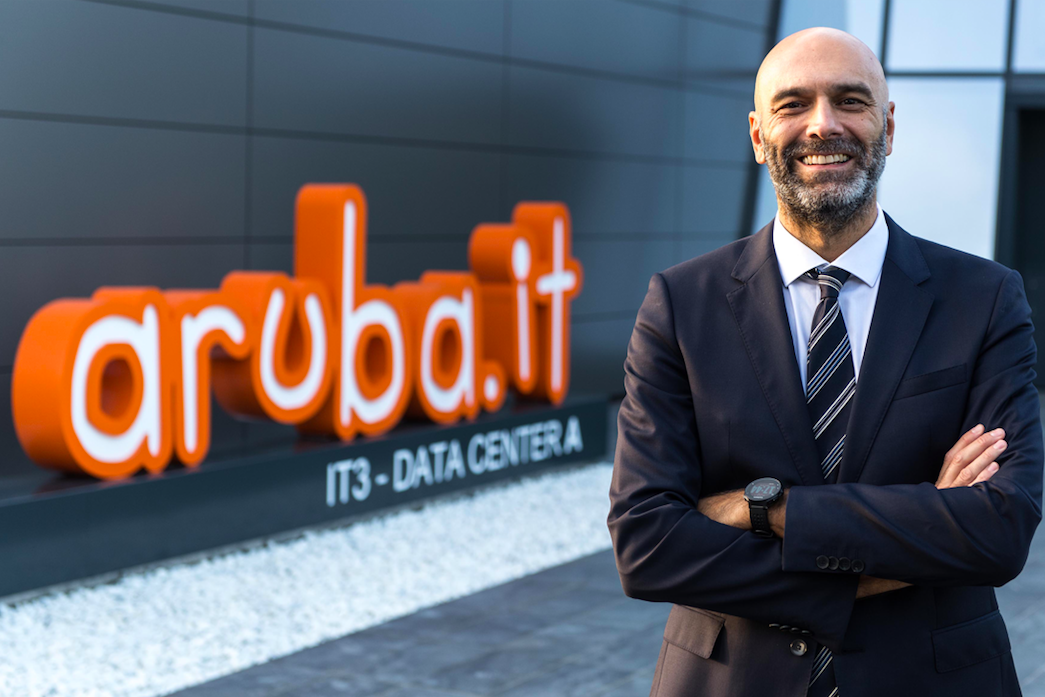Technology is changing and it’s changing fast. With that in mind, Stefano Sordi, head of sales and marketing at Aruba.it. questions the state of UK data centre landscape now, and in the future.
Gartner predicts that by 2025, 80% of enterprises will shut down their traditional data centres, versus 10% today. How does this align with conversations you are having with customers and prospects?
Based on our interactions with customers and prospects, we foresee an increase in organisations of all sizes outsourcing their data centre services to specialist providers rather than attempting to develop solutions internally.
Overall we see an increase in new projects located on the cloud from the beginning. Mainly because it’s simple, self-service, pay-per-use and scalable.
Another major reason why organisations move to the cloud is security. Organisations don’t want the risks related withon-site data storage. So even though sometimes (but not always) outsourcing is more expensive, it’s always less risky.
When it comes to legacy projects, many of our customers are still reluctant to move their entire workload to the cloud in one go. They tend to do it gradually, starting with the workloads that aren’t core to the business. This period also enables them to test the partnership with their vendors to see if they the right partner for them.
It is also predicted that by 2025, data centres will consume one-fifth of all the electricity in the world. How do you think this will affect organisations’ attitude to how and where their data is stored?
As issues surrounding the environment become more widely discussed, the conversation around data centre energy usage will become more prominent.
Customers will increasingly expect data centres to provide green credentials and rely on green energy. As a result, providers will have to take energy efficiency into considerations from the beginning, as they conceive their data centres, and not add it as they go on.
It is worth noting however, that green energy can be more expensive than standard energy, and organisations don’t always want to pay more. So, it’s important for proponents of green energy to show that available solutions are not only green but also that they consume less energy.
For example, the cooling part of our data centre is designed to cool down only parts of the data centre, not the entire building. This cooling system only cools 30% of the building, while most cooling systems will cool 100% of the buildings. This means that we can reduce the quantity of energy we use to cool down the data centre.
What do you foresee as the single biggest driver for growing cloud data centre adoption?
One of the biggest drivers for organisations moving to the cloud is security. Organisations don’t want the risks related with on-site data storage.
There is also the issue of scalability. As a result of the simplicity and scalability of cloud data centres, we are seeing an increasing number of projects that are cloud-based from the start.
For many, cloud-based data centres provide a more cost-effective option, instead of having to invest heavily and risk being left with costly unused equipment.
Do you foresee growth in hybrid cloud solutions? Or do you think more organisations will go for the consolidated approach?
With cloud-based services becoming an integral element of many business processes, the focus is now shifting from the type of platform (private or public) to the flexibility it offers.
Previously, when choosing a cloud solution, organisations would focus on the nature of the cloud – private or public. Today, the focus is increasingly on flexibility, taking organisations from their own infrastructure to a new and complex, modern infrastructure.
We also seea growing amount of request for hybrid cloud solutions. Even if colocation is still very much the norm for core workloads, new projects will tend to be located in the cloud.
In fact, a study from the Observatory’s Research of the Politecnico in Milan revealedthat the use of cloud has grown by 18% and by 28% when it comes to hybrid and public clouds compared to 2017.
Any other trends or predictions you would like to highlight?
It will come as no surprise that data centres consume enormous amounts of energy. With the debate around green energy and energy efficiency only bound to gain traction, data centres will have to spend more time thinking about how the generate and use energy.
For many data centres, on-site power generation will emerge as a viable option for power generation and management as it’s not only eco-friendly, but it also yields significant cost savings.
With continuity being a major priority for many organisations that rely on information systems to provide excellentcustomer service; a data centrecannot afford to go down. On-site power generation provides data centres with an additional layer of security to their power supply.





